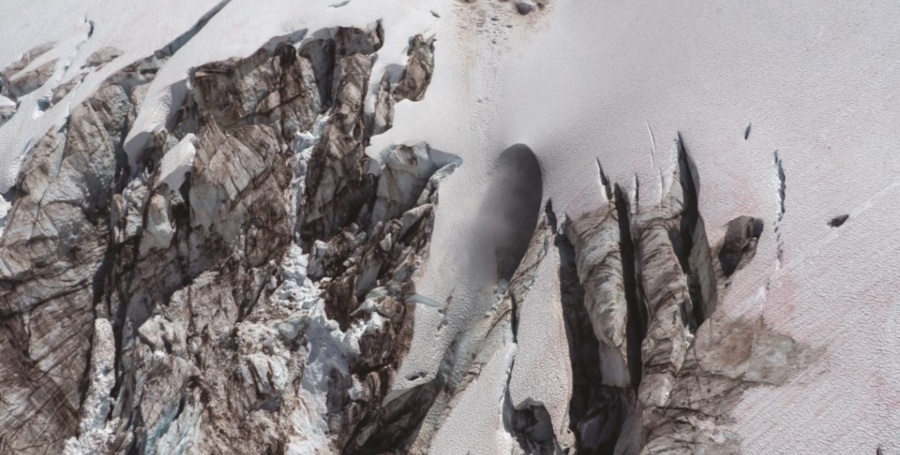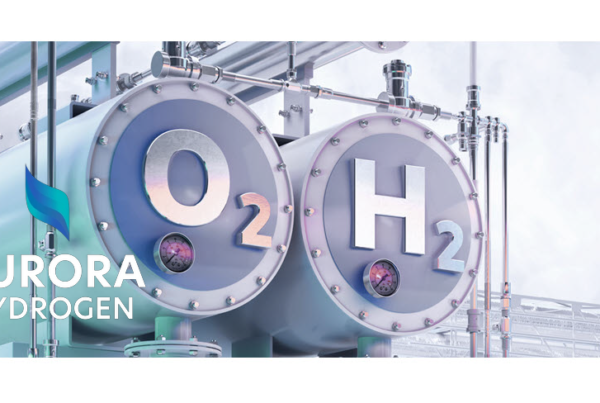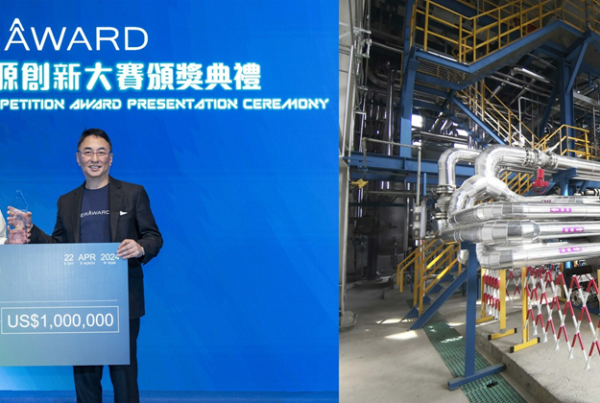
- Researchers heading south to investigate geothermal potential at Mount Cayley
- A Calgary-based group has purchased the geothermal lease to Mount Meager, northwest of Pemberton.
If all goes according to plan, the Meager Creek Development Corporation’s (MCDC) new owners will be among the first in the world to produce market-ready green hydrogen from geothermal energy by 2025—“if not sooner,” said geologist Craig Dunn, MCDC managing director and president of WellDunn Exploration.
The sale of the site widely regarded as B.C.’s most promising geothermal “hot spot,” spearheaded by well construction engineering company Remedy Energy Services and WellDunn Exploration, along with a few external partners, was finalized in March.
Green hydrogen will, ideally, be sold and used in place of gas to fuel the heavy transportation industry—such as tractor-trailers and ships requiring more power than lithium batteries can offer—as Canada works toward its goal of achieving net-zero emissions by 2050.
“That’s the part of the economy that’s really difficult to decarbonize,” explained Richard Hawker, president of Remedy Energy Services.
The lease takeover coincides with the end of the Garibaldi Geothermal Volcanic Belt Assessment Project’s first phase. The combined effort between Geoscience BC, the Geological Survey of Canada and seven colleges and universities, led by senior research scientist Dr. Stephen Grasby, took place at the Pemberton-area volcano over the last two years. Its main goal was to reduce exploration risk into the renewable energy source by collecting more knowledge about what’s happening beneath Meager’s surface.
Grasby and his colleagues are far from the first to study Meager. Although the area has been heavily researched since the mid-1980s, a combination of factors has hindered the area from reaching its true potential as a “world-class” geothermic resource.
Geothermal energy uses steam sourced from hot water found deep in the Earth to power a turbine, which generates electricity. That electricity can then be funnelled into a device called an electrolyser, which splits the clean water (or H2O) apart into hydrogen and oxygen.
Despite the discovery of hot water at Meager, the main challenge for the area has historically been accessing enough fluid to supply an economically viable power development, explained Grasby.
“The challenge for geothermal energy is that you have to drill these really expensive wells, and you really don’t know what you have until you drill the well and see the rock,” he added. “Our goal was to look at new ways that we can better predict where you could drill in that area, and maybe some different … ways to get the heat out of the ground.”
The solution to those challenges might just be found in new drilling techniques developed by Canada’s oil and gas industry.
“One of the ideas was to use the same technology that they use in shale gas, where you drill vertically down and then you have the drill go horizontally,” Grasby explained. “In the past that wasn’t really possible—when they drilled the early wells, they were just vertical.”
In areas like Meager, “a horizontal well intersects a lot of the fractured rock, so you get a lot more water coming into that wellbore … which makes it a much more economic operation,” Grasby continued.
The new MCDC is made up of “some of the best drillers in the world, that are going apply that technology to geothermal,” he added. “It’s this convergence of Canadian technology being transferred to this renewable energy resource. I think it’s a very exciting time.”
In addition to that modern drilling technology—and the increased access to the site courtesy of roads and a power line that were previously installed—a higher demand for renewable resources sparked by the federal government’s price on carbon also makes this the right time to launch a geothermic energy development at Meager, Hawker added.
While the price of geothermal energy has historically tracked the price of oil, “because it was always seen as an alternative to oil and gas,” said Hawker, the market is now turning in favour of renewable options.
During the COVID-19 pandemic, “the demand for oil and gas and the price of oil went right in the toilet, and geothermal just kept increasing. And that’s the first time they decoupled,” he added. “Society finally reached that tipping point now where carbon is the story, not just [the question of] ‘is it cost effective?’”
Agreed Dunn, “The opportunity for hydrogen is fundamentally different than it was even two or three years ago.”
However, those decades of research completed at Meager were “absolutely critical” to the group’s decision to purchase the lease, Hawker and Dunn agreed.
“I made the comment that this has been researched to death, but in reality it’s been researched to life,” said Dunn. “We wouldn’t be moving forward with this project if it wasn’t for folks continuing to look at [Meager] as an amazing opportunity.”
The project is currently working on its site development strategy and is undergoing consultations with the Lil’wat First Nation, on whose traditional unceded territory Meager rests. “Hopefully it’s going to be as much their project as it is ours,” said Hawker.
MCDC’s current timeframe would see drilling begin late next summer.
The group’s main challenge, “from a physical perspective, is just going to be ‘will the horizontal well concept work for us?’” said Hawker. “We think it will.”
Assessment project wraps up at Meager, moves south to Mount Cayley
A final report has been released following the completion of the Garibaldi Geothermal Volcanic Belt Assessment Project’s first phase. The data included in the report was collected through fieldwork completed at Mount Meager in 2019 and 2020.
Meager is “a very well-defined area, but we refined the knowledge of it much more,” Grasby explained. Through geophysical work, researchers predicted how much geothermal power could potentially be harnessed from the site, and better defined where the hot water underneath Meager could be found. The data even offered hints about a possible magma chamber below the volcano, Grasby added.
“That’s something that we’re still trying to resolve, but it’s going to be quite interesting,” he said.
Phase 2 of the project will see Grasby and his team head south to Mount Cayley, approximately 20 kilometres west of Whistler, for two seasons of fieldwork beginning this summer.
“It’s another volcano, and like Meager, there’s a number of hot springs around there,” Grasby said. “There are hints that it could be a higher-temperature area, but no one has ever really done much exploration, so we’re going to look at whether we can use the sort of techniques that we’ve developed at Meager, apply them to Cayley and see, ‘Is there another potential geothermal resource in that area?”
Source: Pique News Magazine
Read the most up to date Fuel Cell and Hydrogen Industry news at FuelCellsWorks




